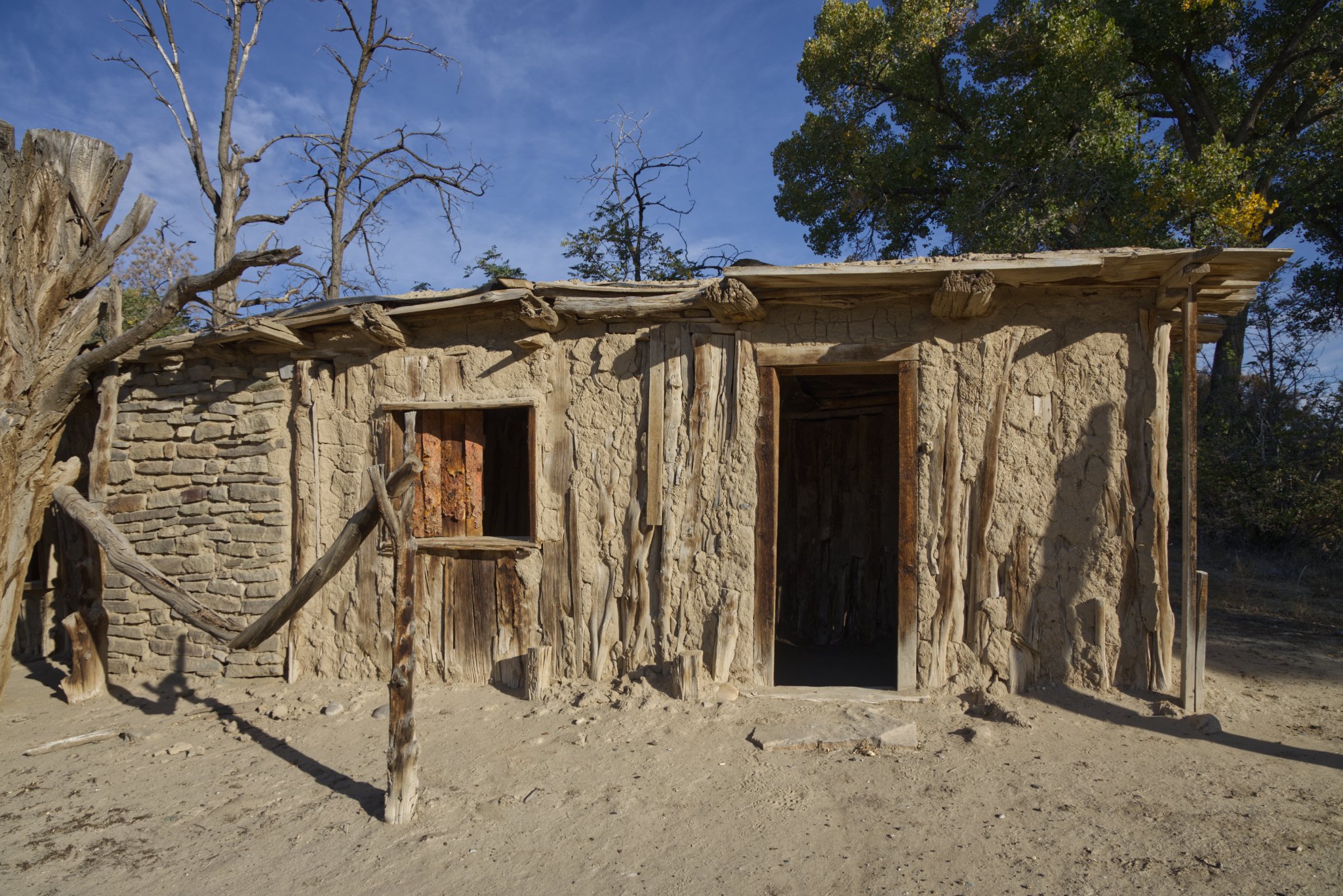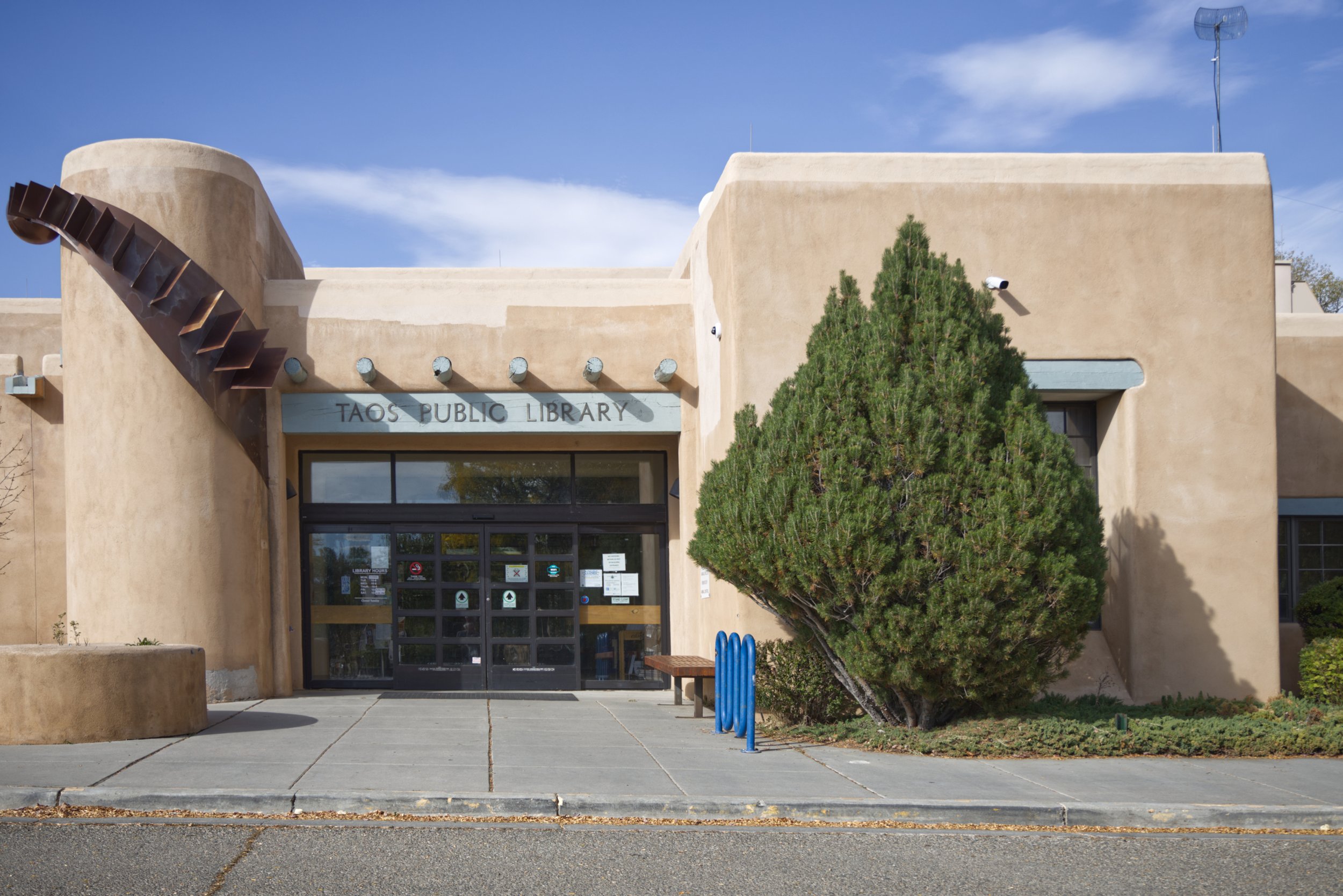We thought we go and see the VLA (Very Large Array) of radio-telescopes so we drove to the operations centre who then told us the actual telescopes are an hour’s drive away - and not in the direction we needed to go.
Into Magdalena because it was supposed to be a ghost town. Seeing a sign for a Visitor’s centre as we drove in made us think it probably was that… ghosty. We topped up with petrol, and being an old-school pump I had to remember to flick the metal switch to on.
While we worked out where to drive to next we had a coffee at Espresso. We had a nice chat with the owner who likes analogue photography and showed me his dark room (one of his enlargers below). It seemed fitting to take his portrait with the analogue camera I had with me (also, below - the camera not the photo as that’ll be developed when we get back.) He suggested for a ghost town we drive a couple of miles to Kelly.
Somewhat of a bumpy road up the hill to Kelly.
“In 1883, about 2.5 miles (4.0 km) south of Magdalena, the Kelly Mine opened in the community of Kelly. The Kelly Mine produced lead, silver, zinc and smithsonite until the markets collapsed. Kelly's population reached nearly 3,000 during the mining boom. The last residents of Kelly departed in 1947 and it is now a ghost town. The Kelly Church still stands and is the site of periodic festivities.” — Wikipedia
To our fun motel in Truth or Consequences. The Rocket Inn.




































